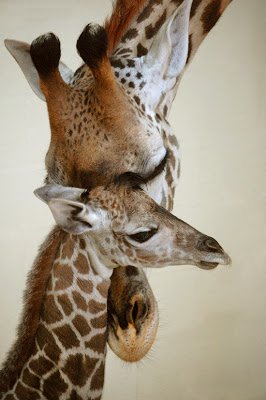Meet the very first Masai giraffe calf born at Disney’s Animal Kingdom. Plan a timeshare vacation to Walt Disney World to see this little fellow, who will be going out on the Kilimanjaro Safaris savanna with his mom in just a few weeks.
Disney’s Animal Kingdom has two giraffe subspecies for you to enjoy. The Masai roam the Kilimanjaro Safaris savanna, and the reticulated can be seen on the savannas of Disney’s Animal Kingdom Lodge.
The Masai giraffe is native to southern Kenya and throughout Tanzania. Reticulated giraffes are widely found in northern Kenya and in Somalia.
The Masai giraffe’s coat features jagged-edged patches. The patches are dark brown on a cream background, making the Masai the darkest-colored subspecies.
The reticulated giraffe’s coat features a pattern of very defined patches that usually are orangish-brown. The patches are separated by bright white lines, and the lower part of the legs are a lighter color.
It is estimated that there are fewer than 40,000 Masai giraffes in the wild. The reticulated giraffe is more threatened in the wild, with numbers fewer than 5,000. Giraffes are threatened by habitat loss and habitat fragmentation, poaching, and human-wildlife conflicts.
Rent a timeshare at Disney’s Animal Kingdom Villas, where you can get a good look at your neighbors.
The Disney Worldwide Conservation Fund (DWCF) helps to support conservation programs for wildlife such as giraffes.
For example, through a recent project, the DWCF helped Tusk Trust USA and the Ruko Community Wildlife Conservancy reintroduce Rothschild’s giraffes in Kenya.
Since its inception in 1995, the DWCF has provided more than $4.5 million to support habitat conservation for giraffes and other African wildlife.
Through collaboration with Disneynature and the “See ‘African Cats,’ Save the Savanna” campaign, the DWCF also helped the African Wildlife Foundation to protect more than 65,000 acres of land in Kenya’s Amboseli Wildlife Corridor to enable indigenous animals including giraffes, cheetahs, and lions to roam freely between protected habitats.

